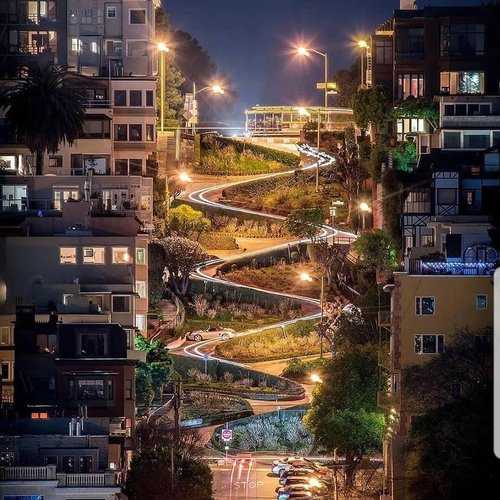
Lombard Street is a small but interesting north downtown San Francisco street that is known for its steep one-block stretch with eight turn lanes. Sealing the easternmost section of San Francisco’s Financial District, Lombard Street begins in the Pacific Ocean and meanders southward. Stretching from The Presidio west to The Embarcadero, this popular thoroughfare is one of the busiest in the city. It is also the home of Candlesticks, one of the oldest buildings in San Francisco.
Lombard Street is a residential street within San Francisco’s Financial District. It is located between the Presidio Park and the Port of San Francisco. One of the two San Francisco attractions located on this block is the San Francisco Ferry building, which serves a San Francisco attraction and terminal. Several hotels are located in the area, and a total of eleven streets are known as Lombard Street, between 21st and Lombard.
In order to get to Lombard Street from the Financial District, there are three main ways. The first is to use the Embarcadero or Presidio bridges to connect the two areas. Another way is to make a left turn at the south end of the Lombard Street between 22nd and 21st streets. A third way to travel from Lombard Street to the Presidio is to use the San Francisco Ferry. However, even with these options, it is still difficult to get into San Francisco on foot.
Many travelers love visiting Lombard Street and its many surrounding blocks. For this reason, many tourists tend to take a scenic bicycle tour around the entire city, or they visit Lombard street and simply walk their way to the Ferry Building. While the majority of tourists will do just that, some people choose to bike from point A to point B in a different way. Here is a local tip for visiting this scenic neighborhood in San Francisco.
First, when visiting Lombard street, it is important to know where to cross the street that crosses the San Francisco Ferry between the Presidio and the Embarcadero. The best way to get to this crossing is by making a left turn on your way from Lombard Street to the Presidio, then taking a right turn back to your original location. This can be done by traveling east on Presidio Avenue, going down to the Embarcadero and then taking another left onto Hyde Street.
After traveling a little distance along Hyde Street, a dramatic staircase will come in front of you on your left as you turn left, allowing you to cross the small yard known as “Huge Yard”. To get to the stairs you must walk up the steepest part of the staircase. If you are not experienced with staircases it may seem quite daunting at first. However, if you know what you are doing you will find it to be very rewarding as well as fun.
When you finally reach the top, turn left and go down to the second level of stairs. This staircase will take you all the way down to the first floor of the Ferry building. In order to get to the bottom of the stairs you will have to make an interesting jump from the second level onto the first one. Of course, as you make your way down from the first floor of the Ferry building to Lombard Street there will be many opportunities to take photos, or get involved in the daily events occurring there. There is always the possibility of stopping to buy a souvenir, or in the case of the old Canal District, a loaf of San Francisco Candles.
As you can see, learning about the history of Lombard Street in San Francisco is not difficult, but it does require patience. It took years for the streets to be organized and for the businesses to begin making money. And trust me, they will never make money without you! In the end, once you have learned all the twists and turns of this legendary street, you will be fascinated by it. As you wander the crooked blocks looking for a souvenir or just a great view, you will realize that there is so much more to San Francisco than meets the eye! Visit Lombard Street today to enjoy the mystery and history of one of the oldest neighborhoods in America.